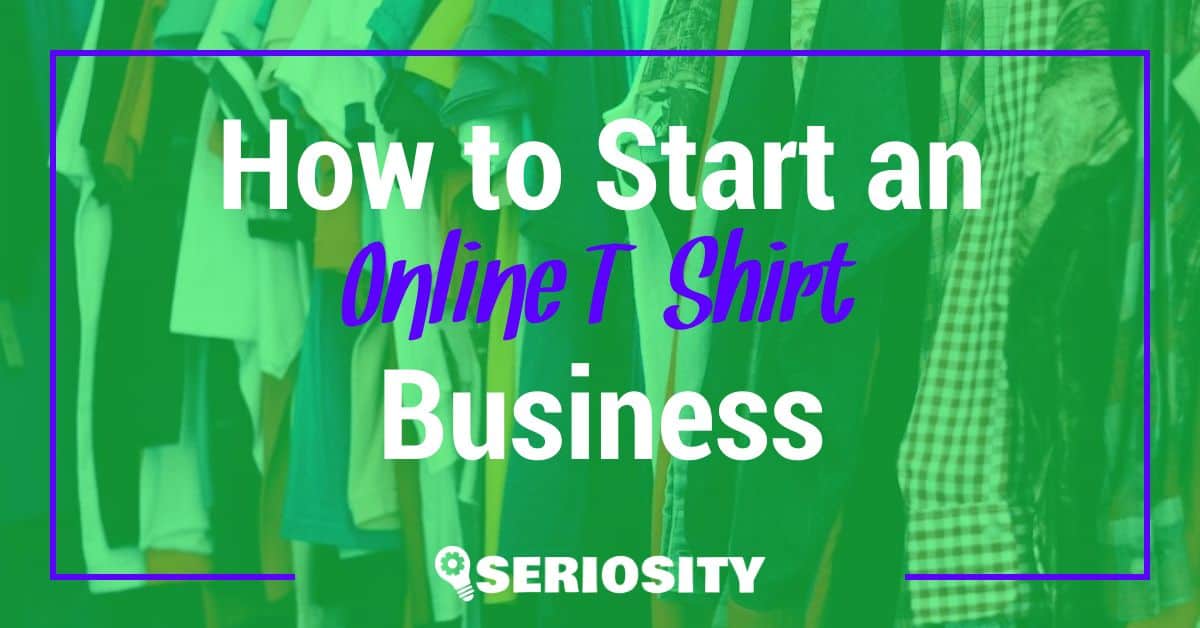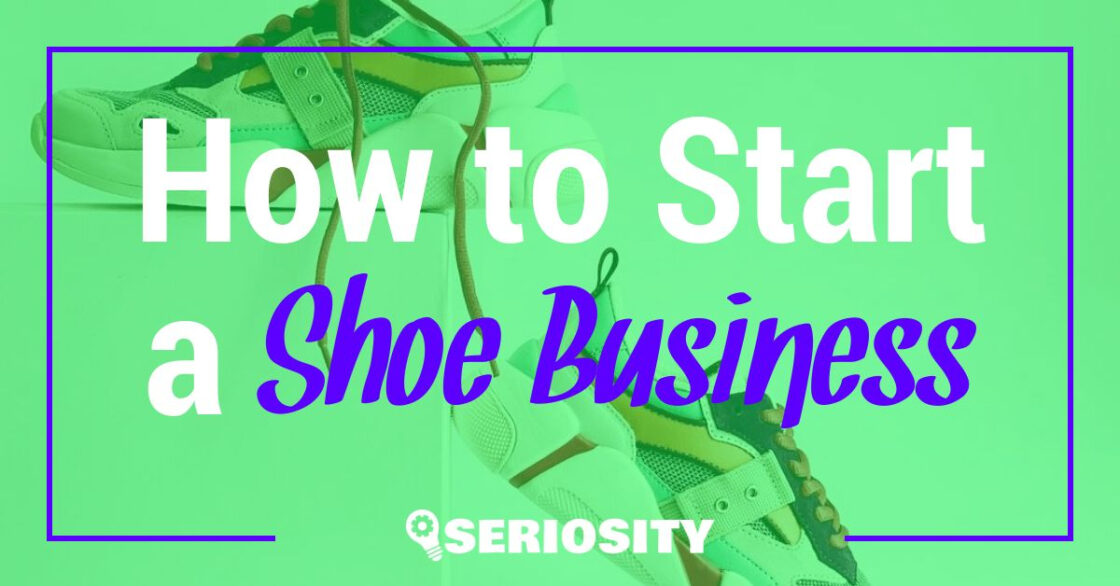Starting a t-shirt business online can be a creative and lucrative endeavor. With the rise of e-commerce platforms and print-on-demand services, entrepreneurs have the opportunity to build a brand and reach customers in every corner of the world. This article aims to provide a comprehensive guide for those looking to break into the competitive market of online t-shirt sales.
Before embarking on this journey, it’s crucial to plan a strategy and consider various aspects such as niche, design, production methods, pricing, and online presence. By following essential steps and keeping up with market trends, you can create a successful and sustainable business. In the subsequent sections, we will explore key components and tips to launch an online t-shirt business that stands out from the competition.
Identifying a Target Niche
Market Research
Before diving into the t-shirt business, it’s essential to identify your target niche. A niche market is a subset of a larger market, focused on a specific interest, demographic, or style. To identify the perfect niche for your t-shirt business, begin by conducting thorough market research.
- Surveys and questionnaires: Reach out to potential customers through social media, email, or in-person events, and get their opinions on preferred styles, hobbies, and interests.
- Competitor analysis: Examine your competitors in the t-shirt industry. Determine where their target markets lie and identify any gaps they aren’t covering.
- Social media listening: Use platforms like Facebook, Instagram, and Twitter to observe the conversations and trending topics among potential customers. Hashtags and influencer content can provide insights into popular interests.
Google Trends
Leverage Google Trends to verify the popularity of your chosen niche. This tool tracks search interest over time and can help identify current and emerging trends.
- Visit Google Trends
- Type in relevant keywords (e.g., “sustainable t-shirts,” “cartoon t-shirts,” “vintage band t-shirts”)
- Examine the results, including:
- Interest over time: Observe if a term’s popularity is stable, increasing, or decreasing.
- Interest by region: Identify places around the world where your niche is most popular. This may indicate opportunities for future expansion.
- Related queries: Use the suggested search terms as inspiration for new styles or products aligned with popular interests.
Remember, identifying a target niche is crucial in setting your t-shirt business apart from the competition. By conducting in-depth market research and utilizing tools like Google Trends, you can establish a solid foundation for success in the online t-shirt industry.
Creating T-Shirt Designs
Finding Inspiration
When starting an online t-shirt business, your designs are crucial to success. This creative outlet can allow you to express yourself and attract customers with a unique style. Draw inspiration from various sources such as art, pop culture, and current trends. You can also explore online resources like Pinterest or other design-focused platforms. Keep track of ideas and develop a distinct voice for your brand.
Sourcing Graphic Designers
If you don’t have graphic design experience, consider hiring a freelance designer to bring your ideas to life. There are various platforms where you can find talented freelancers, such as Upwork or Fiverr. When working with freelancers, make sure to:
- Clearly communicate your design ideas and goals.
- Agree on a budget and timeline for the project.
- Request revisions if needed for finalizing the design.
Graphic Design Communities
Collaborating with graphic design communities can provide valuable feedback and connections. Two popular platforms to consider are Behance and Dribbble:
| Platform | Description |
|---|---|
| Behance | Owned by Adobe, Behance is a global platform that showcases creative work, including graphic design projects. |
| Dribbble | A platform for designers to share their work, receive feedback, and connect with other professionals. |
Both Behance and Dribbble have active and engaged design communities that can inspire you, offer constructive critiques, and even lead to potential collaborations for your t-shirt business. By participating in these communities, you can develop your skills, stay up-to-date with design trends, and expand your network.
Remember to always respect other artists’ work, avoid plagiarism, and maintain a professional attitude when engaging with others.
Setting Up an Online Store
Choosing an Ecommerce Platform
When starting a t-shirt business online, the first step is to choose an ecommerce platform. Popular options include Shopify, WooCommerce (for WordPress), and Wix. Each platform has its pros and cons, so it’s essential to research which one best aligns with your business goals and budget. Some factors to consider when choosing a platform include ease of use, customizability, integration with third-party apps, and cost.
Branding and Logo Design
Developing a strong brand for your t-shirt business helps establish a connection with customers and distinguishes your store from competitors. Start by creating a unique logo that represents your business and appeals to your target audience. There are several online tools, such as Canva and LogoMaker, that can help you design a professional-looking logo without needing graphic design skills. Additionally, consider creating a style guide to ensure consistency in your brand’s visual elements, such as colors and typography.
Selecting a Domain Name
To establish your t-shirt business’s online presence, you’ll need a domain name that is both memorable and relevant to your brand. Choose a domain that will be easy for customers to find and remember. A popular domain extension is .com, but there are also many other options, such as .store, .shop, or .co. You can purchase and register domain names through various domain registrars like Namecheap or GoDaddy.
Customizing a Theme
Once you’ve selected your ecommerce platform and domain name, it’s time to customize your store’s appearance. Most platforms offer a variety of themes that can be tailored to suit your brand. Browse through the available themes to find one that aligns well with your t-shirt business and customize it using the platform’s built-in tools.
- Choose a theme with a clean, easy-to-navigate design
- Ensure the theme is mobile responsive
- Modify color schemes, fonts, and other design elements to match your brand’s style guide
By following these steps, you’ll be well on your way to launching a successful online t-shirt business.
T-Shirt Printing and Fulfillment Options
When starting an online t-shirt business, it’s essential to consider the various printing and fulfillment options available. In this section, we will discuss three popular methods: Print-On-Demand Services, Dropshipping, and Bulk Ordering.
Print-On-Demand Services
Print-on-demand (POD) services are popular for beginners due to their low upfront costs and ease of use. With POD:
- No inventory is required.
- There’s minimal risk.
- It’s easy to get started.
Some popular print-on-demand service providers are:
- Printify
- Printful
- Gooten
These services allow you to upload your designs and choose the products you want to sell. They handle the printing and fulfillment once an order is placed. You only need to pay for the cost of the product and their fee.
Dropshipping
Dropshipping is another viable option for your online t-shirt business. Unlike POD, you work with a supplier or manufacturer for custom t-shirt printing. When a customer places an order, the supplier handles the fulfillment. The benefits of dropshipping include:
- No need to hold inventory.
- Wider variety of products and customization options.
- Can be more cost-effective for larger orders.
Some popular dropshipping suppliers include:
- Print Aura
- T-shirtgang
- Scalable Press
Make sure to research and choose a reliable dropshipping partner with a good reputation and quality products.
Bulk Ordering
Bulk ordering involves purchasing a larger quantity of pre-printed t-shirts from a supplier or manufacturer. This method usually results in lower per-unit costs, but you’ll need to handle the fulfillment and shipping yourself. Benefits of bulk ordering are:
- Lower cost per item.
- Greater control over inventory and quality.
- Opportunity for wholesale selling or consignment.
Some popular custom t-shirt printing services for bulk ordering include:
- Printful (they also offer POD)
- Printify (they also offer POD)
- Sticker Mule
Keep in mind that bulk ordering requires more initial capital, and you’ll need to manage your inventory effectively.
Remember, your choice of printing and fulfillment will depend on your budget, target audience, and the level of control you want over the process. Evaluate each method carefully and choose the one that best suits your needs.
Pricing and Revenue Management
Determining Costs and Profit Margin
When starting your online t-shirt business, it’s crucial to accurately determine your costs and calculate your profit margin. Here’s a breakdown of the costs you need to consider:
- T-shirt material and quality
- Printing method and costs
- Shipping and fulfillment fees
- Ecommerce platform fees
- Marketing expenses
Once you know your costs, you can calculate your profit margin as follows:
Profit Margin = (Selling Price - Total Costs) / Selling Price
Compare your profit margin with industry benchmarks to ensure you remain competitive.
Setting Competitive Prices
To set competitive prices for your t-shirts, research your target market and analyze the prices of competitors. Look at factors like design quality, print method, and material to determine an appropriate price range. Some tips for pricing your products include:
- Price based on perceived value: Consider your target market’s willingness to pay and the value they place on your products.
- Price skimming: Set initially high prices and gradually lower them over time to attract different customer segments.
- Psychological pricing: Use pricing tactics like ending prices with .99 or .95 to make your products seem more affordable.
Experiment with different pricing strategies and continuously reassess market trends to stay competitive.
Managing Inventory
Efficient inventory management is essential to minimize costs and ensure the availabilility of your t-shirt designs. Here are some tips for managing your inventory:
- Print-on-demand (POD) services: These services print, package, and ship products when an order is placed, reducing the need for managing physical inventory.
- Implement just-in-time (JIT) inventory methods: Order inventory only when needed, to minimize storage costs and the risk of dead stock.
- Monitor inventory levels: Keep track of your stock and replenish as necessary to avoid stockouts or overstocking.
Developing a comprehensive inventory management system will help you maintain control over stock levels and keep your online t-shirt business profitable.
Marketing and Promotion
Social Media Marketing
Social media platforms, such as Facebook, Instagram, and Twitter, can be invaluable tools for promoting your online t-shirt business. Start by creating business accounts on these platforms to share your designs and engage with potential customers. Post regularly to showcase your products and any promotions or discounts you may be offering.
To maximize the impact of your social media marketing efforts:
- Use hashtags relevant to your niche and your products.
- Engage with your followers – respond to comments and messages.
- Share high-quality images and videos of your t-shirts.
- Consider running paid advertisements to reach a wider audience.
Influencer Partnerships
Influencers can help promote your t-shirt business to their followers, generating interest and potentially driving sales. Reach out to social media influencers in your niche, and propose partnerships or collaborations. This could involve sending them free t-shirts to wear and review or offering a commission on sales generated through their promotional efforts.
When selecting influencers, consider the following:
- Look for influencers with followers who fit your target audience.
- Evaluate the quality of their content and engagement with their audience.
- Negotiate terms of collaboration, such as compensation and promotional expectations.
Search Engine Optimization
Boost your online presence and visibility by optimizing your website for search engines like Google. Implementing SEO on your website will help improve its ranking in search results, attracting more potential customers.
Here are some SEO techniques to consider:
- Conduct keyword research to prioritize terms and phrases your potential customers may use to find t-shirt businesses.
- Optimize your website’s content – use relevant keywords in headings, body text, URLs, and image alt tags.
- Ensure your website is mobile-friendly – Google prioritizes mobile-responsive websites.
- Create and submit a sitemap to Google Search Console to improve the crawling and indexing of your website.
- Improve your website’s loading speed, as a slow website can negatively impact your search engine ranking.
By leveraging social media marketing, partnering with influencers, and applying SEO to your website, you can effectively promote your online t-shirt business and drive sales. Ensure your promotional efforts align with your brand’s identity and target audience for maximum success.
Analyzing and Tracking Success
Setting Goals and Updates
As a business owner, it’s essential to set specific, measurable, and achievable goals for your online t-shirt business. Regularly updating these goals will help you track progress and make informed decisions. Some example goals to consider:
- Increase monthly sales by 10%
- Grow social media following by 500 followers
- Improve conversion rate by 2%
To track your progress, update your goals regularly, using tools like Google Analytics, social media analytics, and sales reports.
Monitoring Sales and Profitability
It’s important to regularly monitor your sales and profitability metrics to identify trends, make adjustments, and maintain a successful business. Some key metrics to focus on include:
- Monthly revenue
- Profit margin
- Cost per acquisition
- Repeat customer rate
- Average order value
To assess these metrics, make use of software tools like Google Analytics and accounting software like QuickBooks or Xero.
Learning from Success Stories
One way to learn and improve your online t-shirt business is by analyzing success stories of other similar businesses. These stories can provide valuable insights and strategies to emulate. When researching success stories, consider:
- Studying their marketing techniques
- Analyzing product design and selection
- Identifying their target audience
- Examining their website’s user experience
By learning from the success stories of others, you can develop new ideas and strategies to implement in your own business, leading to further growth and success.





